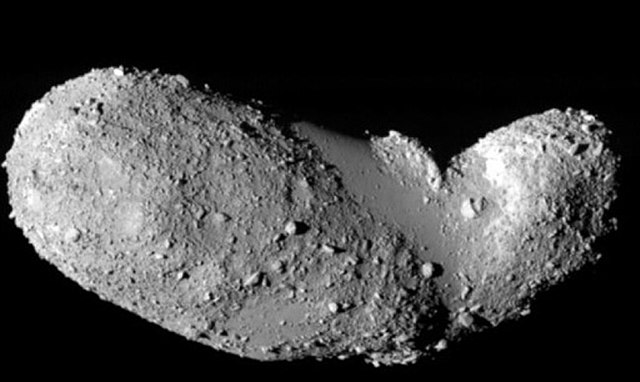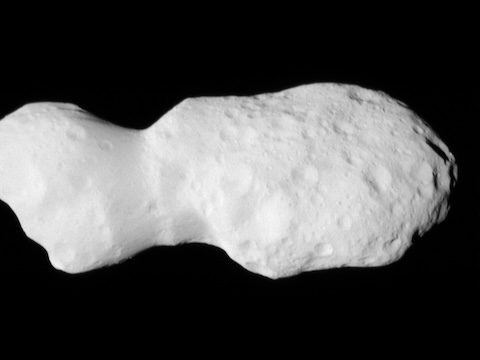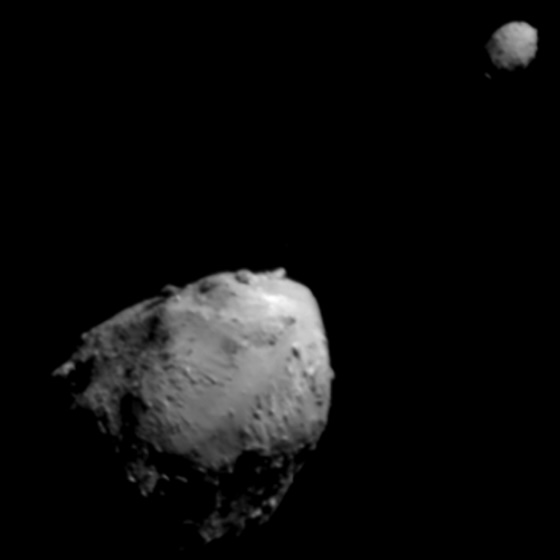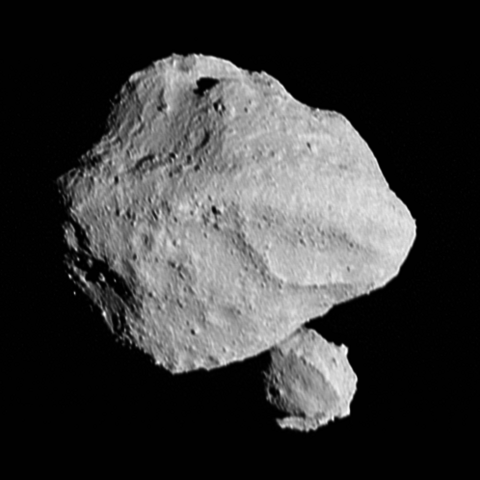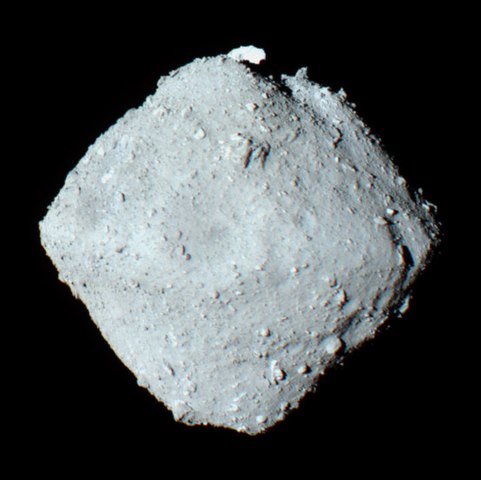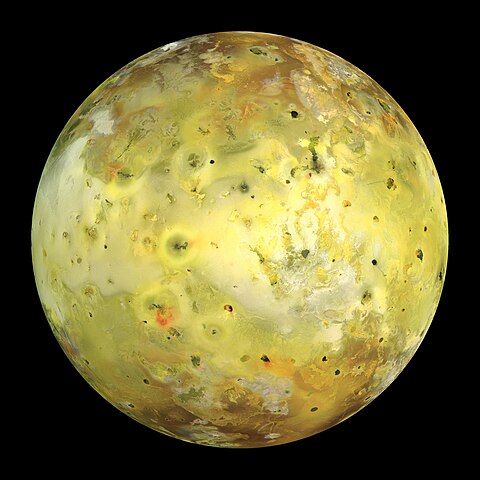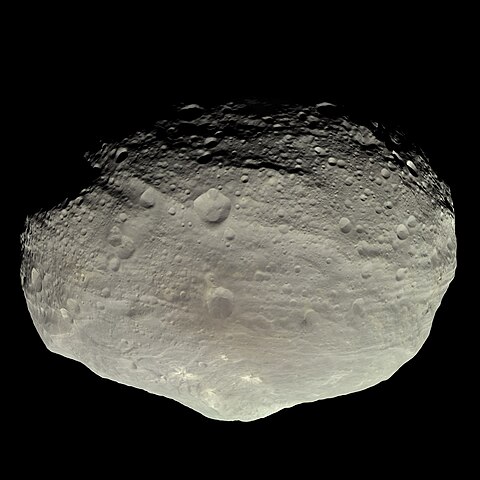1 day / second
0.5 AU
101955 Bennu
Asteroid
A small, diamond-shaped near-Earth asteroid with a dark, boulder-strewn surface that rotates every 4.3 hours and has a small chance of colliding with Earth in the late 22nd century.
Key Facts
orbital regime | Inner System |
learn more | Wikipedia |
mass | 7.3290e+10 kg |
radius | 0.245 km |
hill radius | 30.958 km |
semi-major axis | 1.126 AU |
eccentricity | 0.204 |
inclination | 6.035º |
longitude of the ascending node | 2.061º |
argument of periapsis | 66.223º |
orbital period | 1.195 years |
discovery date | September 11, 1999 |
discovered by | Lincoln Near-Earth Asteroid Research (LINEAR) |
name origins | Named after Bennu, an ancient Egyptian deity |
dimensions | 484.44 meters diameter |
albedo | 0.044 |
material composition | B-type asteroid (primitive and carbon-rich) |
density | 1.194 g/cm³ |
Gallery
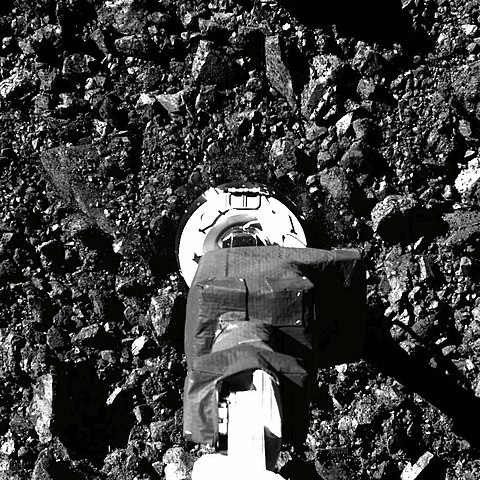
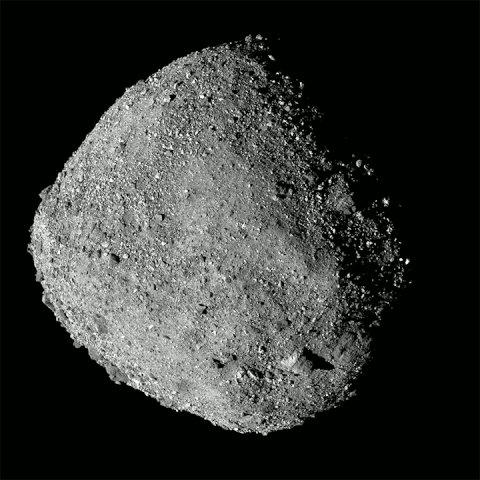
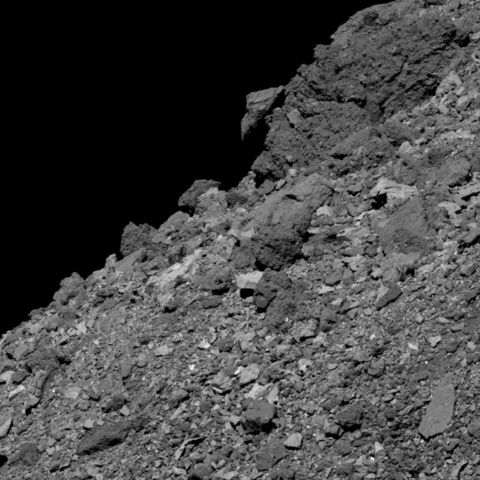
Spacecraft Visits
OSIRIS-REx
Orbiter
Launched in 2016, entered orbit in 2018
OSIRIS-REx orbited asteroid Bennu from December 2018 to May 2021, mapping its surface in detail and successfully collecting a sample from the Nightingale crater site before beginning its return journey to Earth.



